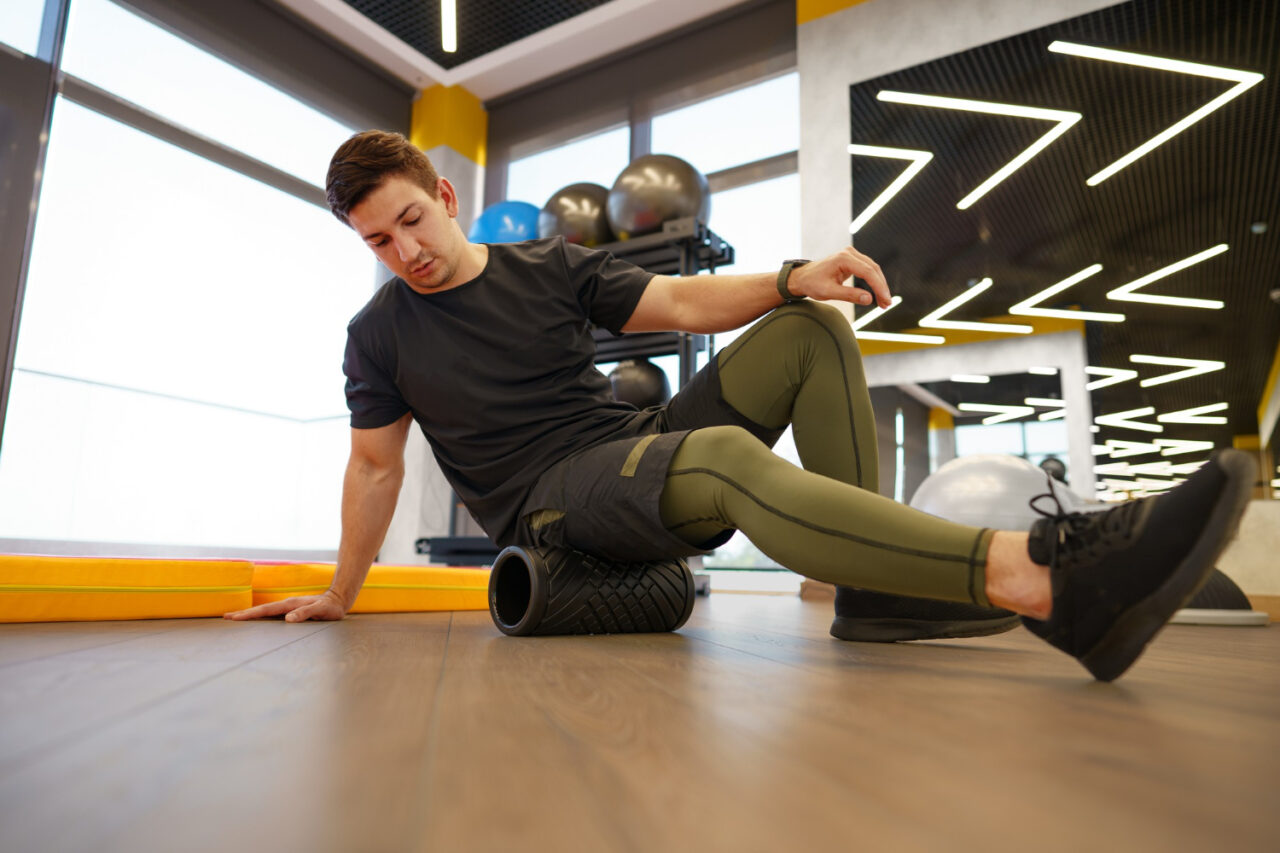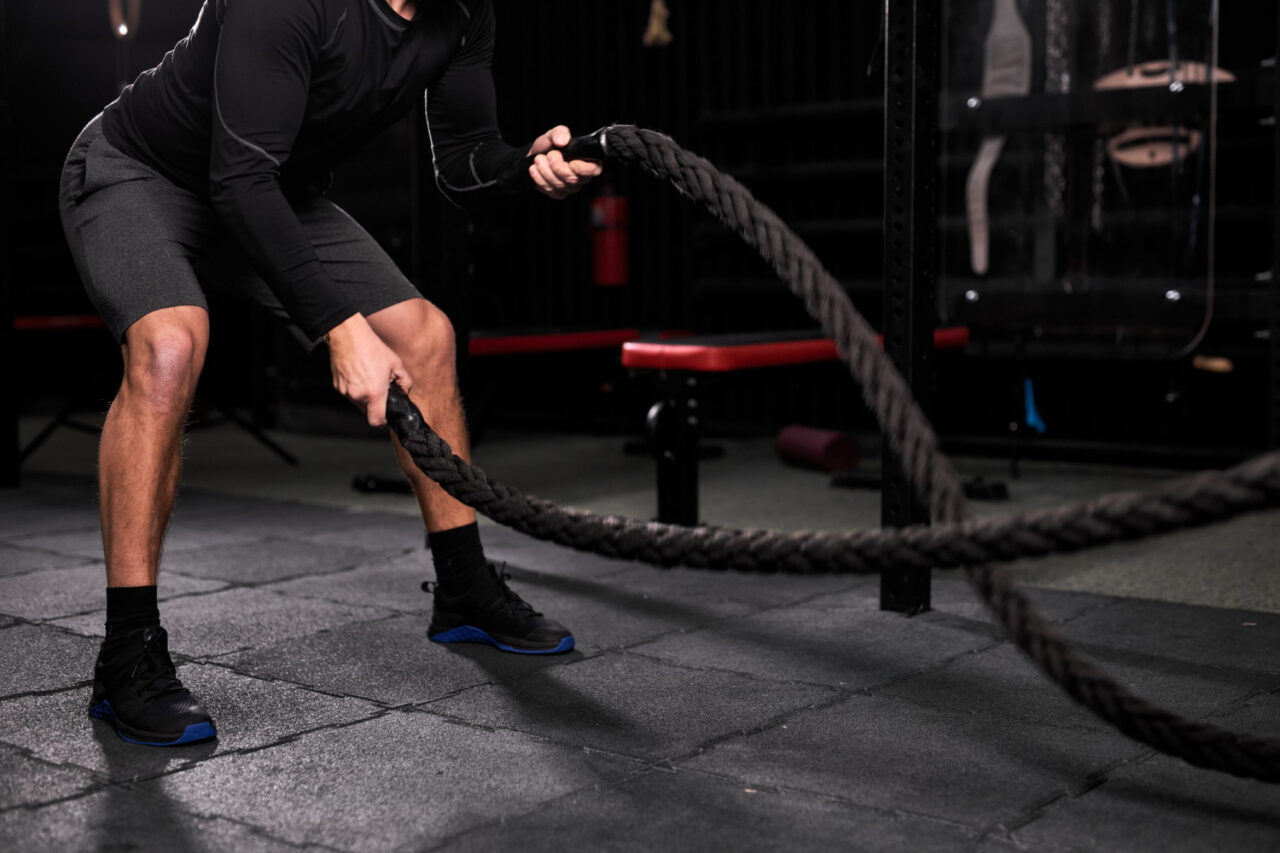High-Intensity Interval Training, or HIIT, is a favorite for many fitness enthusiasts seeking an efficient workout. It’s a dynamic form of exercise that combines short bursts of intense activity with periods of rest or lower-intensity movement. The benefits are plenty, helping improve cardiovascular health, burn calories, and build strength. But, much like any exercise regime, HIIT can present its unique challenges, whether it’s dealing with tired muscles or finding yourself less motivated over time.
Addressing common hiccups in your HIIT sessions can keep your workouts on track and ensure continual progress. Quick fixes for these issues help maintain the effectiveness of your training, making it easier to reach your fitness goals. Let’s explore some typical problems faced during HIIT workouts and how you can resolve them to keep things running smoothly.
Dealing With Muscle Fatigue
Muscle fatigue is something most who’ve tried HIIT are familiar with. It often feels like you’ve hit a wall and can barely lift your legs or arms for the next rep. Recognizing the signs early can be crucial in managing this exhaustion. Fatigue can manifest as a sharp decrease in performance, cramping, or discomfort that’s hard to shake off.
Here are some quick fixes to tackle muscle fatigue effectively:
- Warm-Up Thoroughly: Ensure your muscles are primed for action with a comprehensive warm-up. Start with light cardio like jogging in place or jumping jacks to get your blood flowing.
- Use Foam Rollers: Incorporate foam rolling into your routine to ease muscle tightness and increase flexibility. It’s a simple way to revitalize tired muscles without a lengthy cooldown.
- Stay Hydrated: Dehydration can contribute significantly to fatigue. Make sure you’re drinking enough water before, during, and after your workout sessions to keep your body’s energy levels up.
Despite these strategies, rest and recovery play a significant role in keeping muscle fatigue at bay over the long term. Ensure you’re balancing intense sessions with adequate recovery time, allowing your body to repair and strengthen gradually. By incorporating these simple practices, you can manage fatigue and optimize your performance in HIIT workouts.
Preventing and Managing Injuries
When you’re pushing hard during a HIIT session, the risk of injury can swiftly become a concern. Common issues like sprains or strains might crop up if you’re not cautious. Understanding the nature of these injuries can help you avoid them. Sprains often occur when joints are pushed past their limit, while strains affect the muscles or tendons due to overexertion.
To keep injuries at bay, consider these quick fixes:
– Maintain Proper Form and Technique: Focus on your form to ensure every movement is executed safely. Watching yourself in a mirror or consulting a trainer can ensure you’re not putting unnecessary strain on your body.
– Use Support Braces if Needed: If you’ve had past injuries, using braces can provide support to sensitive areas, helping prevent further damage.
– Apply Ice Packs: If you recognize muscle soreness or discomfort after a session, apply ice to alleviate any swelling and reduce immediate pain.
To further protect yourself:
– Prioritize rest days to allow your body’s natural healing process to unfold.
– Cross-train with complementary workouts that enhance overall body strength.
– Consider regular check-ins with a fitness expert to tweak your technique and identify areas that need extra care.
Overcoming Motivation Slumps
Keeping up the energy and drive for HIIT can sometimes feel like more of a challenge than the workouts themselves. Recognizing when your motivation is waning is key to making the changes needed to reignite your passion for exercise.
Here are some strategies to boost your motivation:
– Set Attainable Goals: Break down your goals into smaller, manageable tasks. Celebrate small victories to help maintain enthusiasm.
– Mix Up Your Routine: Adding variety to your routine keeps things fresh. Consider alternating your HIIT workouts with other activities to maintain interest and challenge your body in new ways.
– Exercise with a Buddy: Having a workout partner can make exercise feel less like a chore and more like fun. Encouragement and camaraderie can be powerful motivators.
Joining a supportive fitness community can also be a great mood booster. Sharing experiences and successes with others on a similar journey often provides the accountability and inspiration needed to keep going strong.
Combating Boredom in Workouts
Repeatedly doing the same workout routines can eventually make them feel like a drag, potentially leading to boredom. This disinterest can hinder not only immediate performance but long-term adherence to a fitness program.
To keep your workouts engaging, try the following:
– Incorporate Varied Exercises: Switch up the exercises you perform in each session. Try new exercises that target different muscles to keep things interesting.
– Use Fun Props: Incorporate items like resistance bands or balance balls to add a playful element to your workouts, making them feel less routine.
– Set Challenges: Create mini-competitions with yourself, aiming to beat your previous times or repetitions.
Engaging in group classes with others who share your fitness goals can also help break the monotony. The shared experience often leads to new friendships, making workouts something to look forward to rather than a task to complete.
Bringing Your HIIT Workouts to the Next Level
Tackling the common problems that arise in HIIT not only helps improve your performance but also makes these sessions more enjoyable. It’s important to consistently address these challenges, ensuring your workouts remain a positive part of your routine. With a few tweaks and some creativity, you can continue making progress without losing your enthusiasm.
Consider exploring expert guidance to deepen your understanding of HIIT and discover new, exciting ways to challenge yourself. Supporting your fitness journey with professional advice can empower you to tackle new goals and keep your HIIT workouts effective and enjoyable. Keep striving, and remember that every small improvement is a step in the right direction.
Ready to take your HIIT workouts to the next level? Discover how joining an athletic club like Raynham Athletic Club can bring expert guidance and exciting training options to support your fitness goals. Connect with a community that keeps you motivated and experience classes designed to match your pace and progress.


